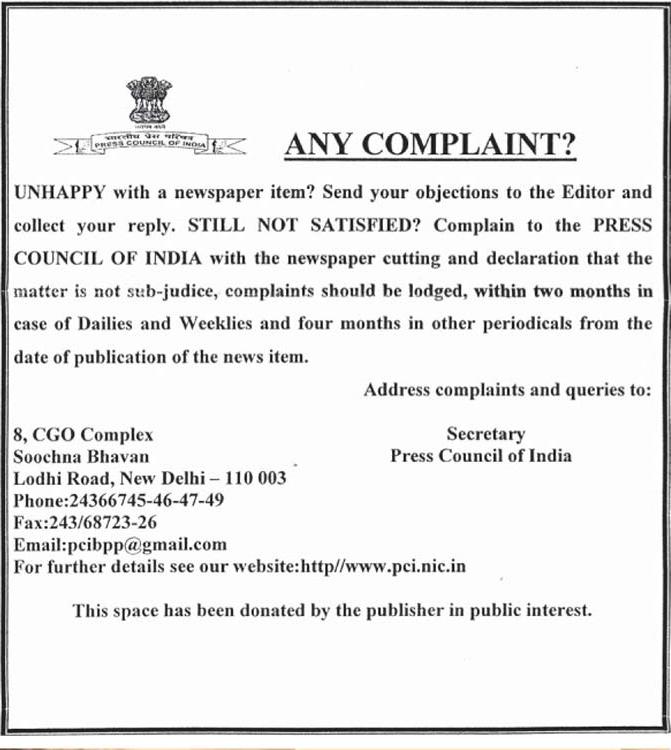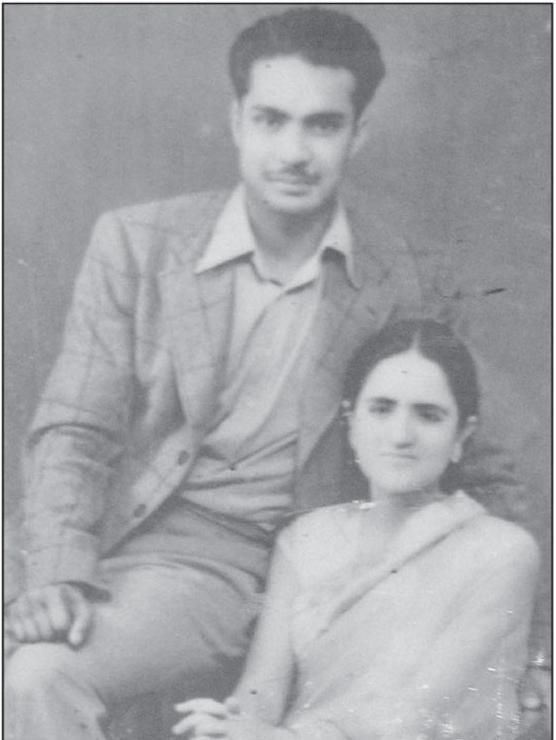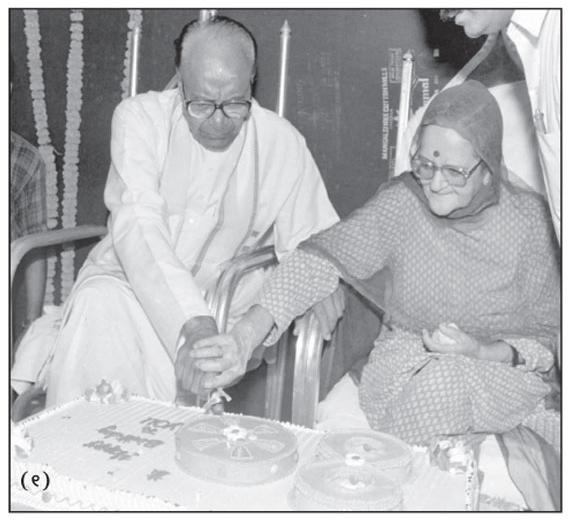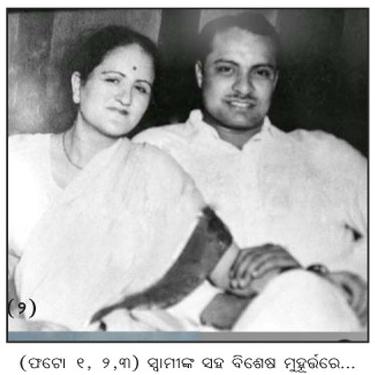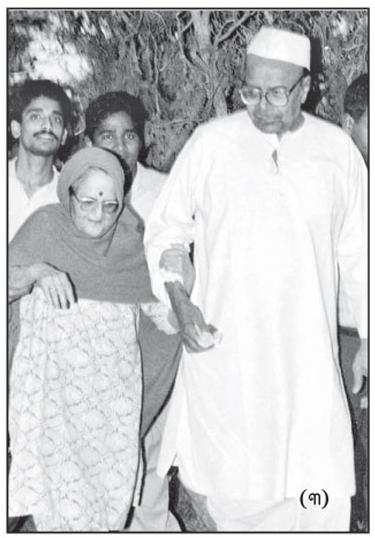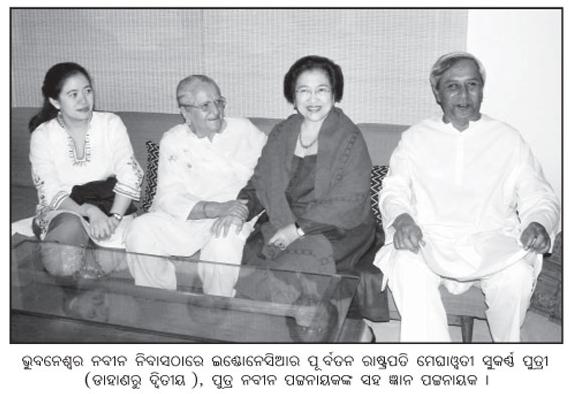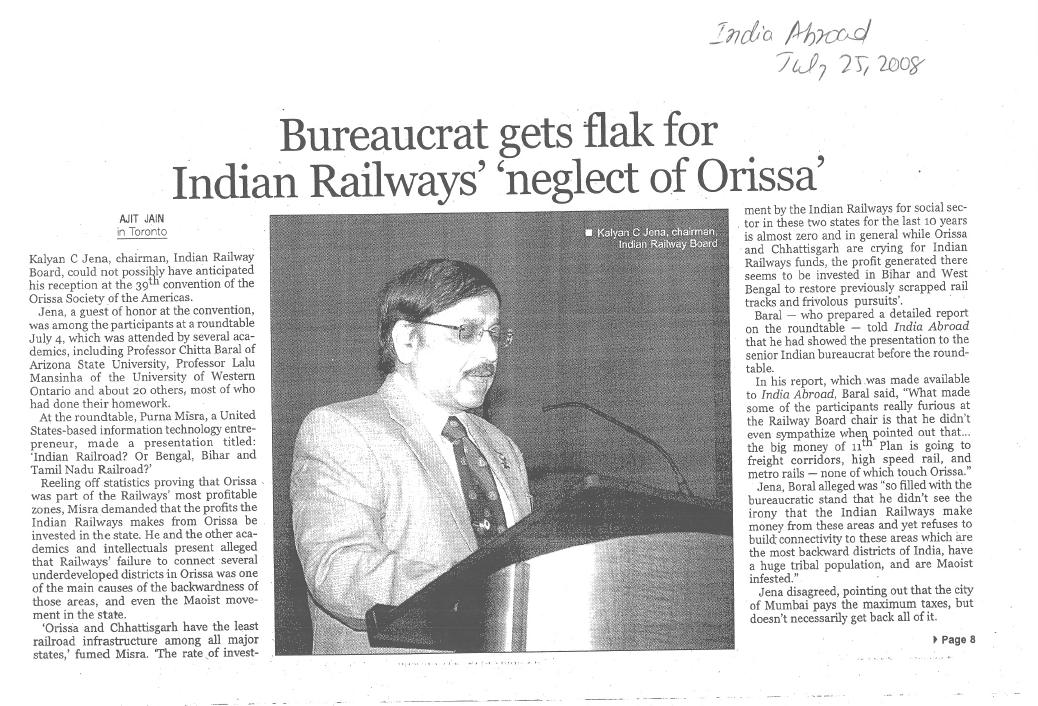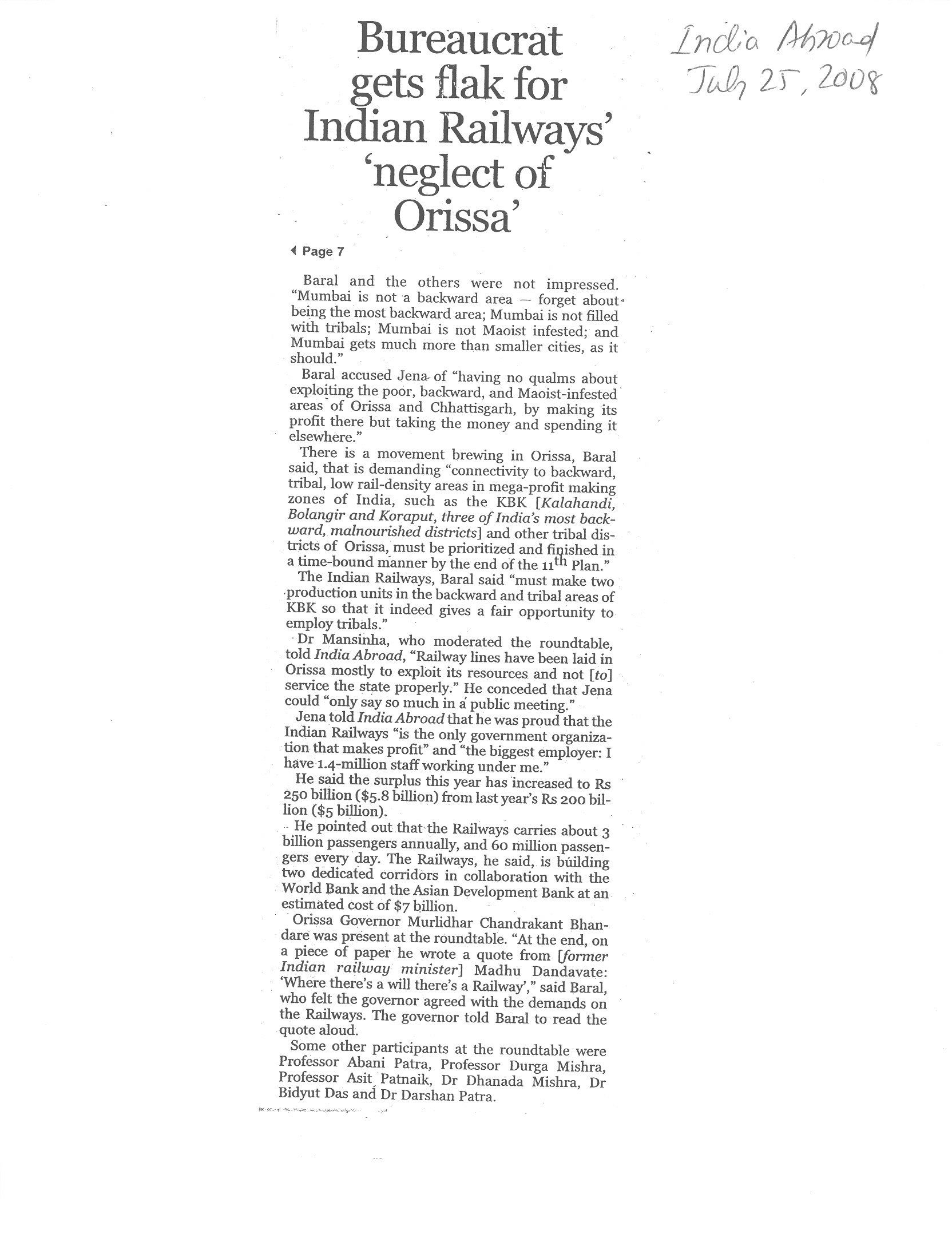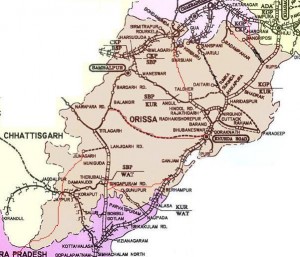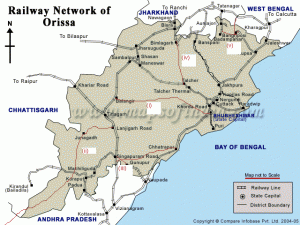Bhavna Pani is Bharati in “Bharati: the wonder that is India”
Odisha artists, Odisha personalities Comments Off on Bhavna Pani is Bharati in “Bharati: the wonder that is India”Bharati: the wonder that is India is a musical extravaganza that is touring in various countries, mostly in Europe. Following is what their web page says about the show.
‘Bharati’ is a musical extravaganza, a delectable composite mix of the varied dances, music and folk traditions of India. Over the space of 90 minutes, the audience is guided through a brief but scintillating sampling of India’s rich and breath-taking diversity. Though just a glimpse, the selections hint at the hidden treasures of this vast and enchanting land; its regional, linguistic, historical and philosophical diversity; its myriad peoples, life-styles and traditions.
Due to continuous reinvention and renewal, these traditions appear to be in a state of constant flux. A taste of this infinite variety is offered in a show that is at once entertaining and intriguing. In making the selection, one of the guiding principles has been the search for elements with enduring appeal.
Music, dance and performance traditions have shaped the ‘collective consciousness’ of the Indian diaspora worldwide, and kept India alive in its collective imagination. Ingredients of popular culture have served as inspiration and link to Indian traditions and heritage. This show is at once a celebration of the vitality of these traditions and an invitation to sample and participate in their unique energy.
The namesake role of the show (Bharati) is done by Bhavna Pani from Orissa. Her introduction in their web page is as follows:
Bhavna was trained in the Odissi Classical dance school under Gurus Mahapatra and Attibudhi. Has won the All India Dance Competition and the Sringar Title (2001) by Sur Sringar Samsad. Danced at the Terrence Lewis Contemporary Dance Company and included performing in many stage productions Featured in films (Vettam, Yuvaraja, Tere Liye.) and TV Commercials.
Following are some youtube clips of the show.
